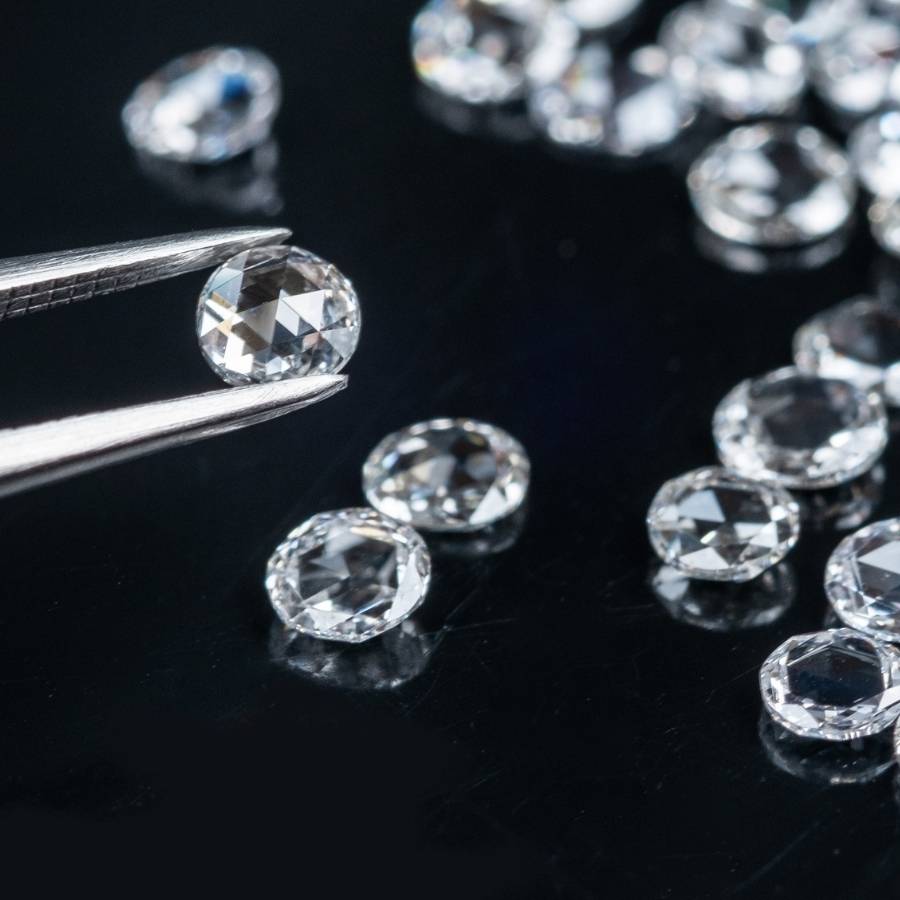
Last Updated on 21/10/2022 by Above Diamond
Last Updated on 22/02/2022 by Wit Sudjaiampun
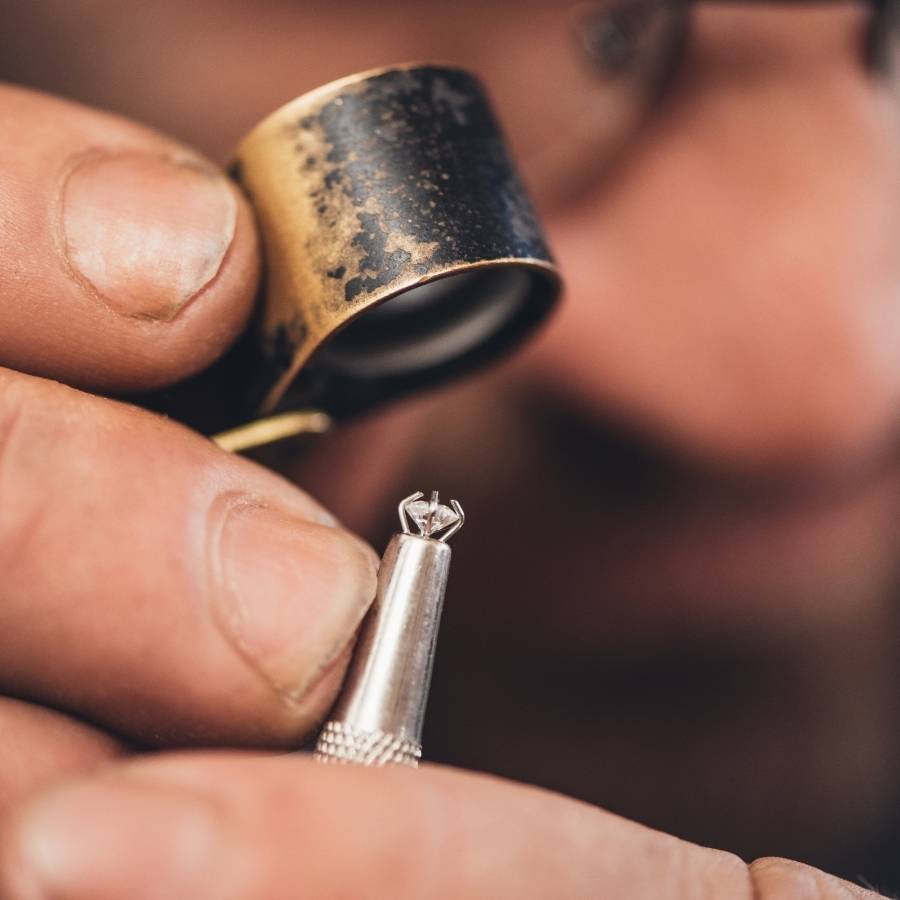
Diamond Clarity is a term we often see and hear, for example, IF, VVS, VS, and SI. Clarity is another factor which will indicate a diamond’s beauty.
Generally, diamonds are categorized and evaluated with the principle called “The 4C of Diamonds” which consists of Color, Carat, Cut, and Clarity. Clarity is how “perfect” and without flaws the diamond looks. It is often looked over because it is not easily visible – unlike Color, Carat, and Cut as they are easily seen with the naked eye.
Those who have purchased a diamond with a limited budget were willing to go for a lower clarity diamond in exchange for a heavier Carat weight. Their reasoning being that diamond clarity cannot be seen with the naked eye whilst a larger diamond is difficult to be inconspicuous.
But if you were to ask an expert, they would tell you that “Diamond Clarity” is just as important as the other aspects of the 4Cs because diamond clarity is one of the leading factors which will dictate the price of the diamond in the long run.
If you are planning to buy diamonds any time soon, I recommend you to continue reading this article. There is no doubt that it will be greatly beneficial for your next diamond purchasing experience.
Naturally made diamonds are created inside the Mantle of Earth which is located around 120 to 200 kilometers from the surface of Earth. Diamonds have gone through intense heat up to 1200°C which lasts as long as 1 to 3 million years. And then, they are fully formed as diamonds. In that process, only a small part of diamonds will come out as perfectly flawless because most diamonds will come with flaws, reducing the diamond’s clarity.
Diamond clarity, or simply clarity, is a scale of quality – it is used to measure the external appearances of the diamond. Diamonds with “Inclusions” or “Blemishes” have reduced values, the fewer flaws there are – the higher the clarity.
Diamond clarity indeed plays a huge part in setting a diamond’s price even though it is an aspect that is difficult to see with just your eyes.
Personal Comments: A diamond’s clarity is based on subjective values, rather than objective values, of the buyer because only the wearer will be aware of all the details of the diamond from the diamond report.
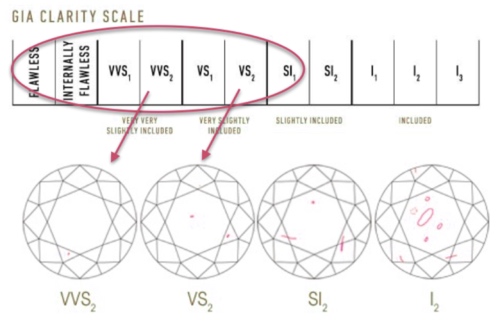
Observation: In every Clarity level, the number “1” will always be higher quality than the number “2”, it also means the price is higher as well.
Read more: What is an ’ideal cut diamond‘ and what makes it different?
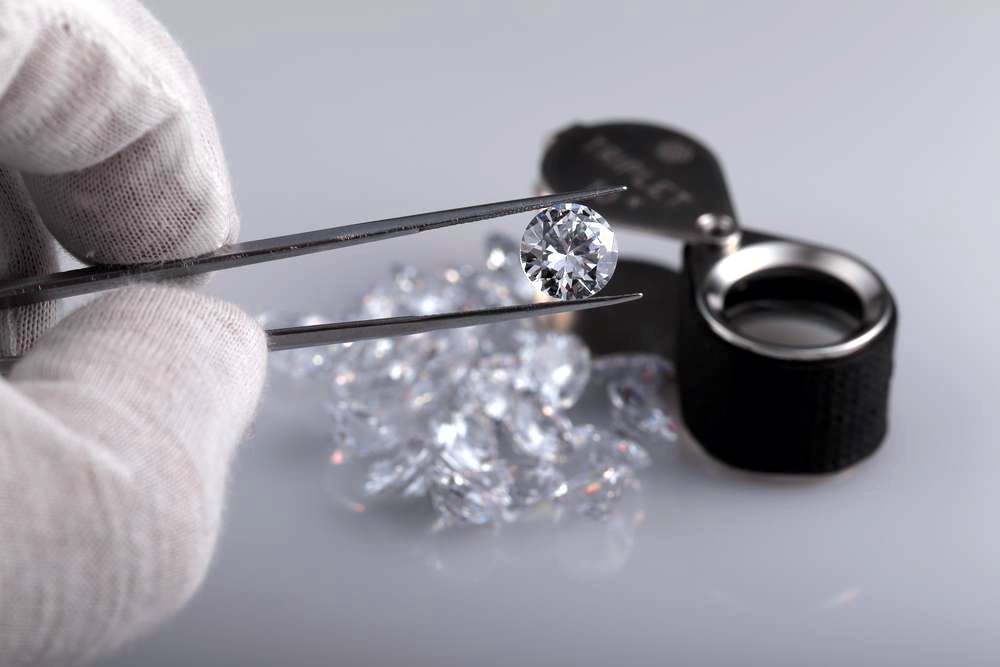
Diamonds at this grade are perfect and have no flaws, even under a magnifier there are no flaws, even after repeated attempts to find the flaws – there are no flaws. As for the rarity of these diamonds, they are without a doubt the rarest as IF Clarity diamonds make up only 0.5% of all diamonds.
And so it is no surprise that these diamonds have a premium price tag, they are suited to purists and perfectionists that require only the best. IF clarity diamonds are not for those who have a limited budget.
Nowadays, the IF Clarity level is the highest accepted clarity level. These diamond collectors are real diamond enthusiasts because the price leap from the VVS/VS is quite high, and so if you have an unlimited budget and need the best diamond possible – it is appropriate.
At this grade, the flaws are minuscule and hard to see even under an x10 magnifier (or the more popular term, loupe) even the experts will have to spend some time to find the flaws.
To determine diamond clarity, gemologists will use a professional microscope to try to find the flaws of a VVS diamond because they are usually embedded in the diamond, similar to a small dust particle. In some cases, if there are many VVS1 level flaws, analysts might knock the diamond down to the VVS2 clarity level.
If you have a flexible budget and are looking for a diamond with the all-time popular carat weight, such as the 1 carat diamond at its standard price; I recommend you to take a look at VVS clarity level diamonds because this clarity level is accepted as very high quality by most experts.
They are diamonds with small flaws that are seen under x10 magnification, it still takes an expert a few seconds to locate the flaws but they are definitely more noticeable than the VVS. As for general consumers, they will not be able to see the flaws.
VS clarity grade diamonds are very popular because of its lower price tag when compared to VVS diamonds, and its high quality when compared to SI diamonds whose flaws are easily seen in some cases.
Secret Trick: If you are thinking about purchasing a diamond with a limited budget, VS1 diamonds is the option I present to you because you can use the leftover budget to invest in a better color grade or cut quality.
Read more: What are ‘D Color Grade’ diamonds and are they worth buying?
Diamonds at this level will have flaws that are easily seen by the 10x magnifier, in some cases the flaws can be seen instantly with just the naked eye. If it is a larger diamond, the flaws will be on its “face” which is no doubt undesirable.
My technique for buying SI diamonds is to look for fancy shape diamonds such as the “Emerald Cut” or the “Asscher Cut” because even at this level their flaws will still be unobtrusive and hard to see. If you are looking for these diamond shapes with a limited budget, it is indeed an interesting choice.
Secret Trick: If you have a reasonably high budget, I recommend you avoid SI diamonds and make a move on the VS+ diamonds instead as there is a high chance you will be able to see the flaws on SI diamonds, ruining your experience.
If you have browsed around inside the department stores diamond shops that sell their engagement rings around the price range of THB 10,000 – 30,000 you might have hit a jackpot. You might have encountered SI diamonds with clear visible flaws on its face and not even notice it! That is because once a diamond is set into a ring, it is difficult to find its flaws. So if you are still trying to decide where you should buy your engagement ring from, I recommend you consider if the ring is truly worth the price.
Anyone could point out the flaws of the diamonds in this category. Most will have sizeable flaws that will directly affect the brilliance and the beauty of the diamond – for this diamond clarity level, I advise you to avoid it unless it is truly necessary. The chance of encountering many deal-breaking flaws is too high and the risk is not worth it.
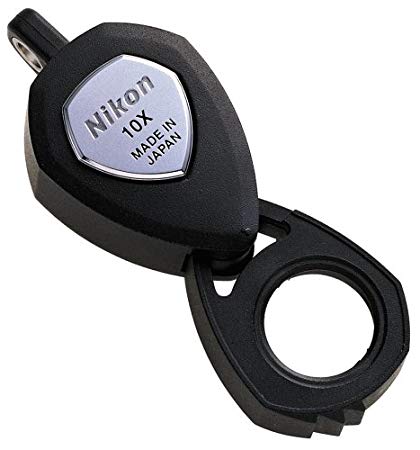
If you brought a VVS2 diamond to an expert, he or she might take several minutes with a 10x magnifier to locate the flaw which in this case is called “Very Very Slightly Included”.
In the case of VS1 diamonds, the expert might take slightly less time to find the flaws. As for VS2 diamonds, the expert will easily find the flaws with a 10x magnifier but as for the general population – it is certain that they will not be able to find the flaws with their naked eye.
When talking about VS2, SI1, and SI2 diamonds, it is often said that they have visible flaws that can be seen with the naked eye (In the diamond industry, we call this “Eye Visible Inclusion”). If you contact us, we will happily take a look at your diamond for free. Also, we will gladly find an SI diamond that is “Eye Clean” (No visible flaws). It is not a difficult task for us.
If you are looking for a magnifier or a loupe to help you spot the flaws inside your diamonds, I recommend you use a branded magnifier of high quality with an up-to-standards lens such as this one → Nikon XP 10X Loupe
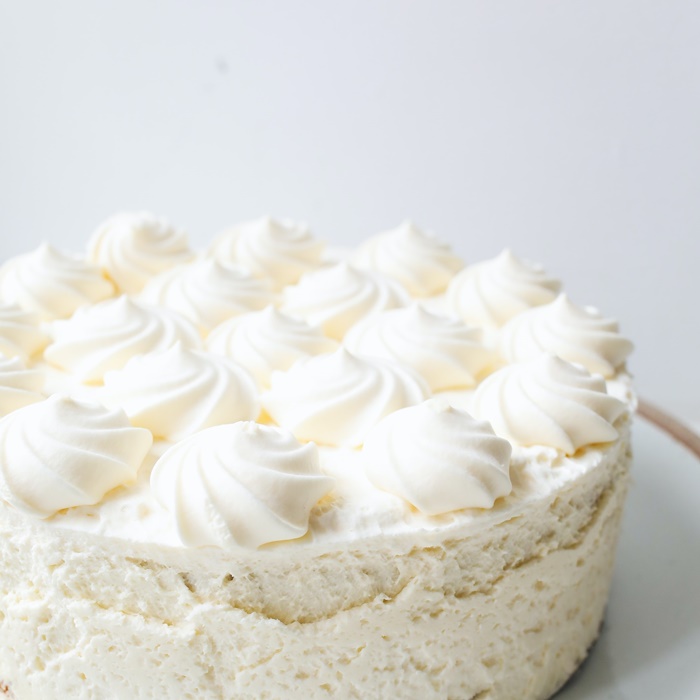
I must excuse myself for bringing up this analogy, but you yourself probably love cake as much as I do and so I will compare diamonds to cake – so you can get a clearer picture.
If you have quite a large budget, you can buy an enormous cake. If you have a smaller budget, you might buy a modest cake. If you separate the cake into different sections, it is similar to the 4Cs of diamonds: Color, Carat, Cut, and Clarity that all combines into one single cake. That means that if you focus all of your budgets into just one part, such as a high clarity level diamond, you might have to reduce the quality of the other parts of the diamond such as a lower color grade or a cut that is not a 3EX.
In the case that you have a limited budget, I recommend you portion the cake proportionately – as in do not throw all your money into just one section of the 4C, but instead, give all the sections an appropriate amount of attention. By doing this you will find yourself a diamond with appropriate carat weight, good colors, beautiful cut with minimal flaws.
After reading my cake analogy, you may think that buying diamonds is a piece of cake task. In reality, what you should understand is that there are many types of diamond flaws.
Diamond flaws can come in many forms. It could be any of these forms and yet there are so many more: clear fracture, clear “cloud” inclusions, white scratches, black dots, and many more. If the flaws are benevolent, they might locate themselves at the edge of the diamond – once the diamond has been set into a ring, they will be invisible. This is also another factor to take into consideration.
A question I get asked is, “So…which part of the 4C should we give the most importance to? The color, the carat, the cut, or the clarity?”
The answer is, it’s up to you.
Same as when buying clothing, some people give importance to its “Color”, some people give importance to its fabrics (Carat), some people give importance to its “Cut” and some people give importance to its flaws (Clarity). When it is compared this way, you will probably see a clearer picture.
For buying diamonds, I recommend you to loosely consider these methods:
Whilst you are doing that, you should pay attention to the “Cut” – the cut should be at least “Very Good” (In the case of a limited budget) and if you are striving for excellence, I recommend you buy a diamond with a 3 Excellent Cut.
Happy diamond hunting!
Read more: Clarity characteristics: tips only known by experts

Get in touch with one of our diamond specialists.
This website use cookies to enhance your experience and providing the best service from us. You can learn more about our use of cookies in Privacy Policy